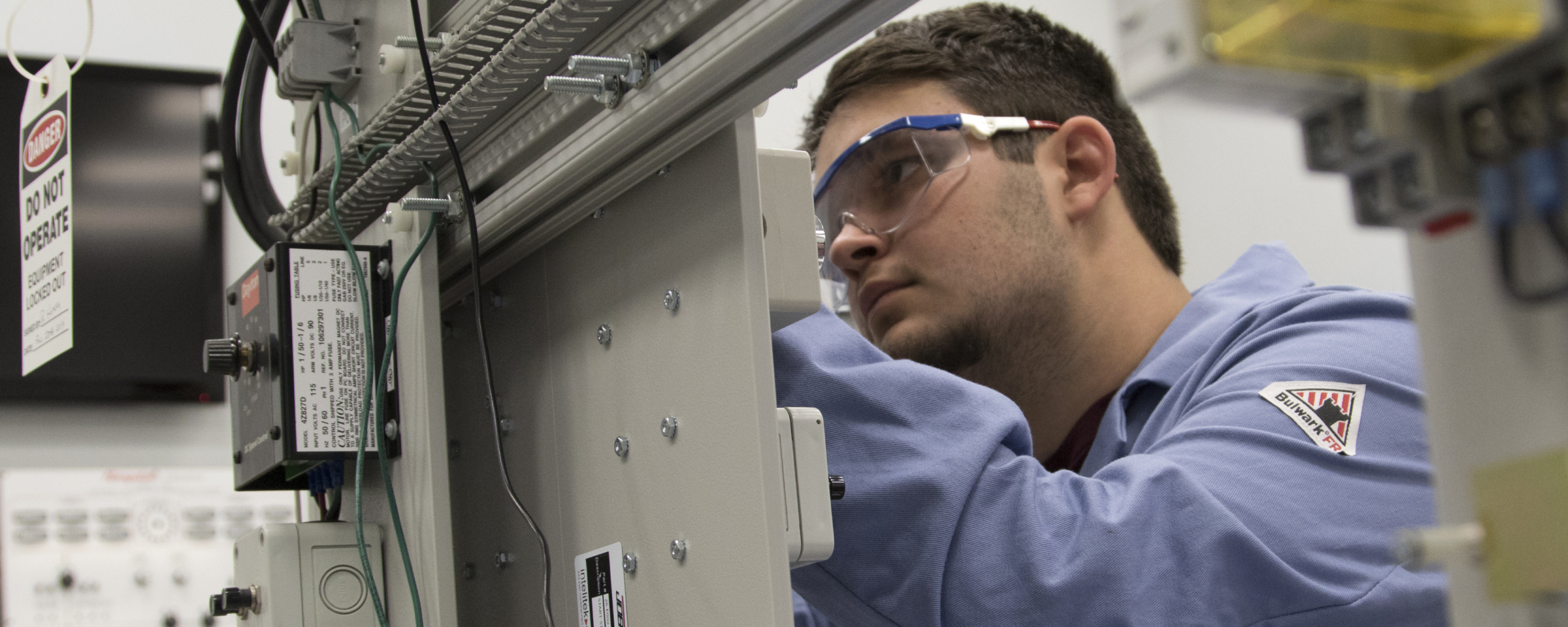
WCJC PROMOTES ECONOMIC GROWTH IN SERVICE AREA

WHARTON, TEXAS – Wharton County Junior College’s impact extends far beyond the halls of education. A recent study determined that the college promotes significant economic growth in its entire service area. According to the report, WCJC’s total economic impact for fiscal year 2022-23 was more than $122 million.
“It is clear that the positive impacts of Wharton County Junior College are far-reaching and significant,” said WCJC President Betty McCrohan. “In addition to offering a high quality, affordable education to students, the college provides a substantial economic impact that benefits the entire service area.”
The economic impact study was compiled earlier this year by Lightcast, a labor market analytics firm. One of the key takeaways of the 95-page report is that WCJC promotes economic growth in its service area through direct expenditures and the resulting expenditures of students and regional businesses. WCJC’s service area includes Wharton, Matagorda, and Colorado counties, as well as parts of Fort Bend, Jackson and Austin counties.
The report notes that, as an employer, WCJC contributes to economic growth through buying goods and services for its day-to-day operations. The college’s activities also attract students from outside the service area whose expenditures benefit regional vendors. In addition, WCJC enhances productivity in the regional workforce by providing trained workers to the area’s industries.
In all, the college’s total economic impact (for FY 2022-23) was $122.4 million. That total is comprised of $39.5 million from operations spending, $18.2 million from student spending and $64.7 million in alumni impact.
WCJC Board of Trustees Chair J. Paul Pope said the report confirms that the college’s benefit to the community is extensive and noteworthy.
“We all know the college provides many benefits, but this report calculates the actual payoff for taxpayers, the community, and for students,” Pope said. “The total payoff is assessed at over $122 million. I am particularly pleased to see the fivefold return on student investment – at a time when some educational programs are not even breaking even.”
The report also determined that WCJC is a good investment for its three major stakeholder groups: students, taxpayers and society in general.
- For students – WCJC served 7,882 students in FY 2022-23. The total investment made by students amounted to $38.5 million. In return for their investment, WCJC’s students will receive a stream of higher future earnings that will continue to grow throughout their working lives. For example, the average WCJC associate degree graduate from FY 2022-23 will see annual earnings that are $8,400 higher than a person with a high school diploma or equivalent working in Texas. Over a working lifetime, the benefits of the associate degree over a high school diploma will amount to an undiscounted value of $352,800 in higher earnings per graduate. The students’ benefit-cost ratio is 5.2. In other words, for every dollar students invest in WCJC in the form of out-of-pocket expenses and forgone time and money, they will receive a cumulative value of $5.20 in higher future earnings.
- For taxpayers – WCJC generates more in tax revenue than it receives. These benefits to taxpayers consist primarily of taxes that the state and local government will collect from the added revenue created in the state. As WCJC students will earn more, they will make higher tax payments throughout their working lives. Students’ employers will also make higher tax payments as they increase their output and purchases of goods and services. By the end of the FY 2022-23 students’ working lives, the state and local government will have collected a present value of $73.5 million in added taxes. Total taxpayer benefits amount to $80.2 million. Taxpayer costs are $19.9 million, equal to the amount of state and local government funding WCJC received in FY 2022-23. These benefits and costs yield a benefit-cost ratio of 4.0. This means that for every dollar of public money invested in WCJC in FY 2022-23, taxpayers will receive a cumulative present value of $4 over the course of the students’ working lives.
- For society – The social benefits of WCJC equal a present value of $1.2 billion. These benefits include $735.4 million in added student income, $369.5 million in added business income, $31.7 million in added income from college activities, as well as $19.2 million in social savings related to health, the justice system, and income assistance in Texas. People in Texas invested a present value total of $77.9 million in WCJC in FY 2022-23. The cost includes all the college and student costs. The benefit-cost ratio for society is 14.8, equal to the $1.2 billion in benefits divided by the $77.9 million in costs. In other words, for every dollar invested in WCJC, people in Texas will receive a cumulative value of $14.80 in benefits. The benefits of this investment will occur for as long as WCJC’s FY 2022-23 students remain employed in the state workforce.
The study concluded that WCJC creates value from multiple perspectives. The college benefits regional businesses by increasing consumer spending in the region and supplying a steady flow of qualified, trained workers to the workforce. WCJC further enriches the lives of students by raising their lifetime earnings and helping them achieve their individual potential. The college benefits state and local taxpayers through increased tax receipts and a reduced demand for government-supported social services. Finally, WCJC benefits society as a whole in Texas by creating a more prosperous economy and generating a variety of savings through the improved lifestyles of students.
To review the entire report, visit the college’s website at wcjc.edu, click on “About” at the top of the homepage, and then click on WCJC Economic Impact Study from the menu on the left.
###

